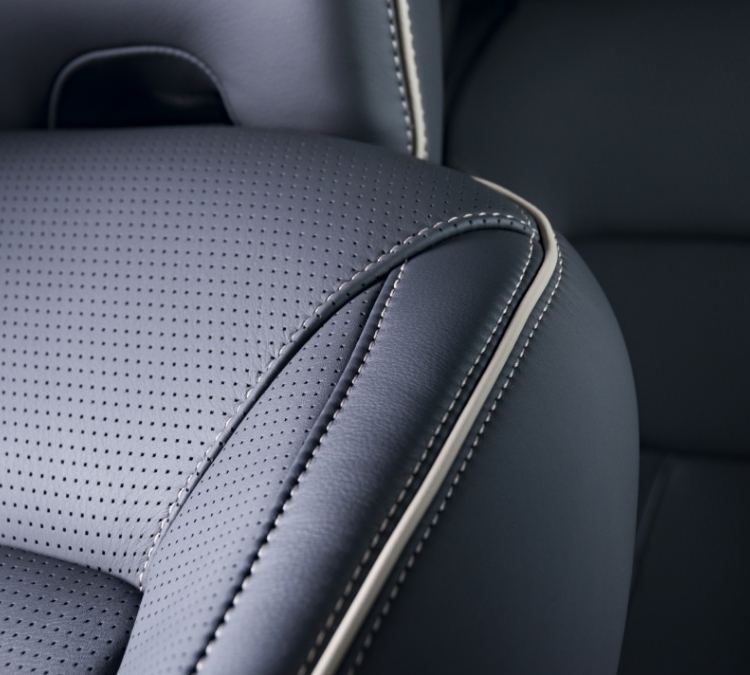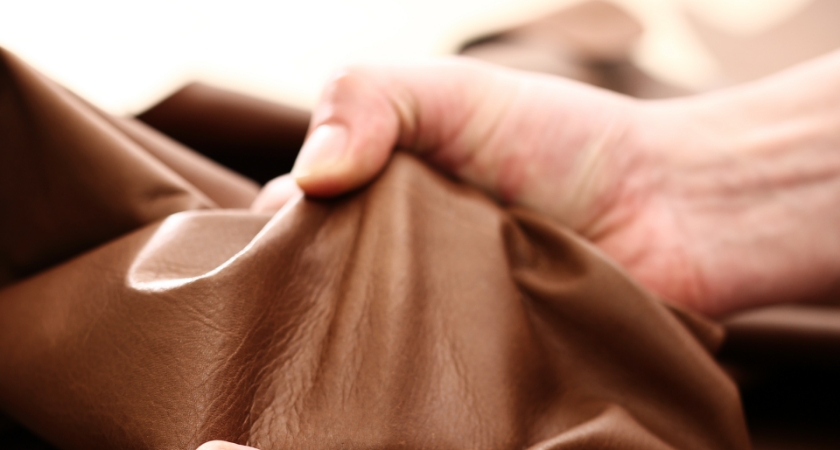We have developed a comprehensive sustainability framework for the industry.
In a significant step towards a sustainable future, the Australian Hide, Skin, and Leather Exporters Association (AHSLEA) has developed a comprehensive sustainability framework for the industry.
This framework confirms the industry’s commitment to economic, social, and environmental responsibility. Overseas and domestic markets now demand transparency around matters such as environmental performance, suppliers, societal contribution, and workplace conditions as a prerequisite for market access. Increasingly regulations are reinforcing this trend.
Consumers are also increasingly seeking transparency. By preparing and implementing this framework, the industry aims to ensure long-term sustainability by responding to market access and consumer concerns. The Australian hide, skin and leather industry is not alone here.
Similar frameworks have been prepared by the Australian beef, dairy and sheep industries in response to changing consumer and market preferences.
The framework is a guide for the industry and its members to support continual improvement in the performance and transparency of the industry.
Read the full AHSLEA Sustainability Framework Report.
Vision and core principles of our Sustainability Framework.
The Australian Hide, Skin, and Leather Sustainability Framework (AHSLSF) efficiently communicates its sustainability impacts and performance to key stakeholders, including customers and regulators. Its overarching vision is succinctly captured in the phrase: ‘Producing quality, sustainable leather.’
Core principles – Seven foundational principles will guide the implementation of the Sustainability Framework:
1. Responsibility: Taking accountability for sustainability and collaborating to reduce negative impacts.
2. Dialogue: Engaging in ongoing discussions for knowledge exchange and best practices.
3. Partnership: Collaborating with stakeholders to develop solutions and communicate performance.
4. Transparency: Transparent reporting of industry risks, performance, and progress.
5. Adaptability: Adapting to evolving regulations, reporting needs, and stakeholder expectations.
6. Innovation and continual improvement: Cultivating a culture of learning, refining practices in line with advancements.
7. Long-term vision: Guiding actions with foresight, engaging with stakeholders proactively.
Read more in our Sustainability Framework Factsheet.
The natural benefits of leather
Beautiful
Comfortable
Water-
resistant
Long lasting
Repairable
Recyclable
Versatile
Carbon footprint.
There are great strides being made to reduce leather’s carbon footprint globally with a range of exciting initiatives across the industry. In Australia, the red meat and livestock industry has reduced carbon emissions from 20.8% to 10.4% of its national greenhouse total since 2005 and is set to reach its target to be carbon neutral by 2030.
The industry is working with scientists to identify ways to achieve carbon neutrality including reducing methane emissions in livestock and minimising energy usage in processing plants.
Cleaner technologies
and practices.
Over the last four decades, Australian leather processors have implemented a range of exciting sustainable initiatives to reduce leather’s carbon footprint including adopting cleaner tanning technologies and practices.

Australian leather processors are
world leaders in:
- Drum technology
- Energy consumption
- Water usage
- Air and noise emissions
- Waste treatment
- Effluent treatment
- Elimination of restricted substances on the Zero Discharge of Hazardous Chemicals (ZDHC) Manufacturing Restricted Substances List.
Consumer confusion
around leather
alternatives.
Recent consumer research has uncovered alarming levels of misinformation around the composition of alternative leathers including so-called ‘vegan leather’, which can potentially be 100% PVC or PU rather than made from ‘all natural’ materials.
Such marketing terms are being used to reassure consumers they are making sustainable choices, when in fact many alternatives to leather are synthetic materials which can cause considerable harm to the environment.

